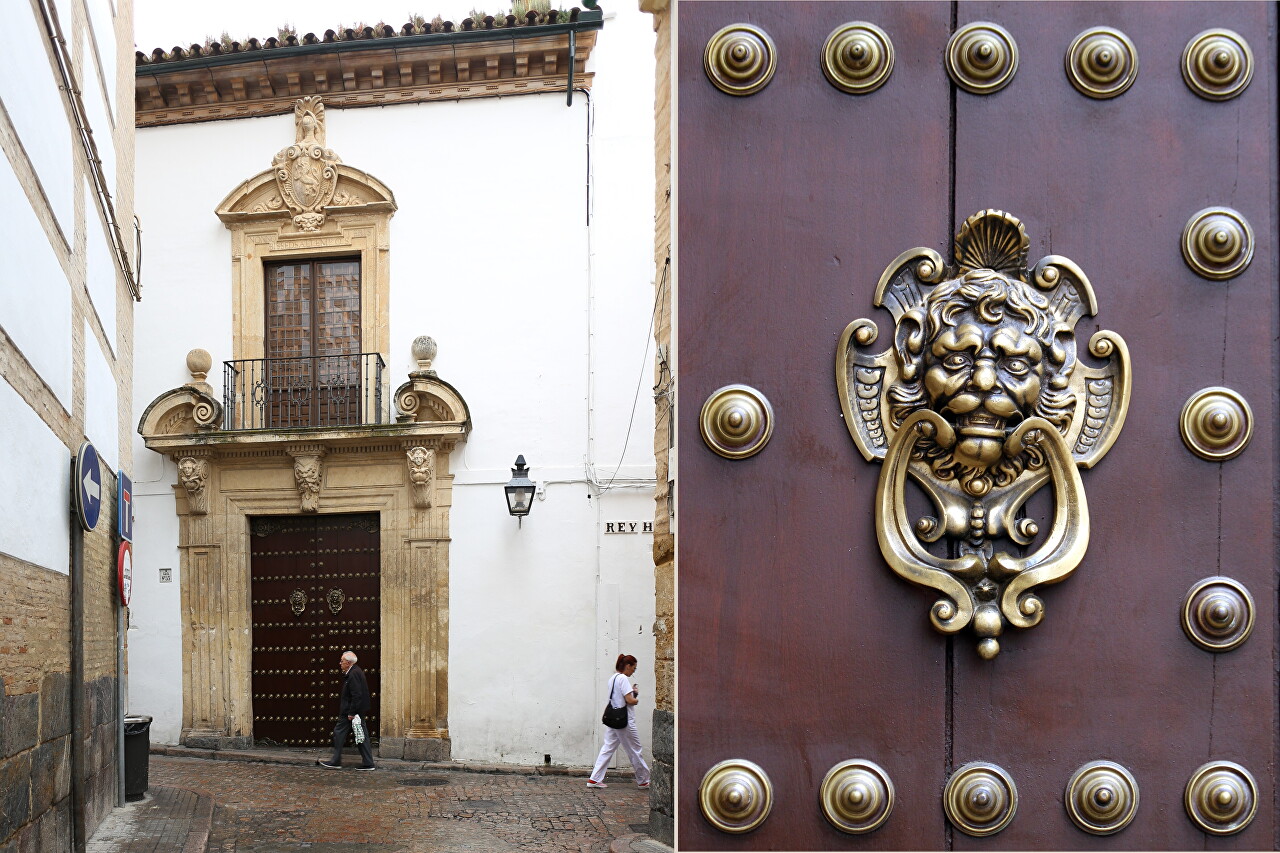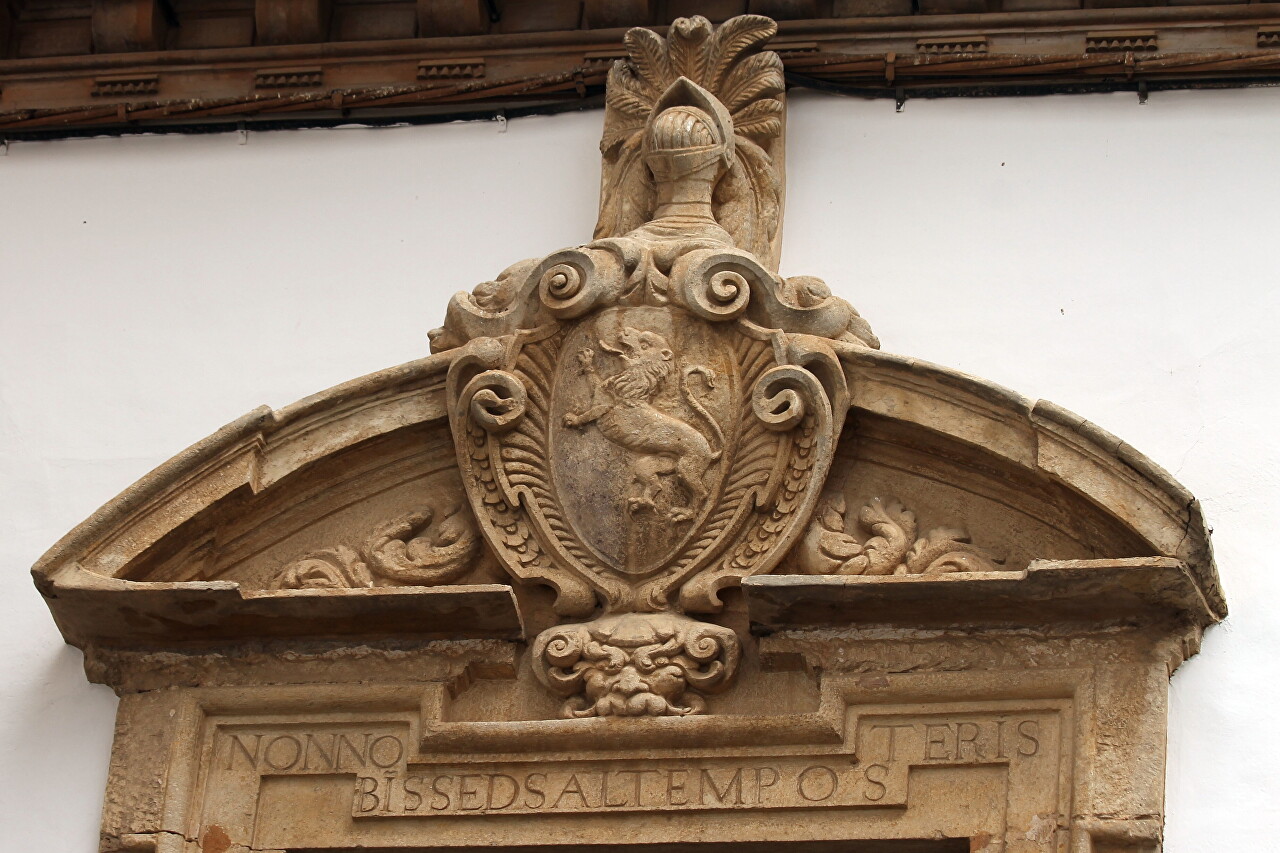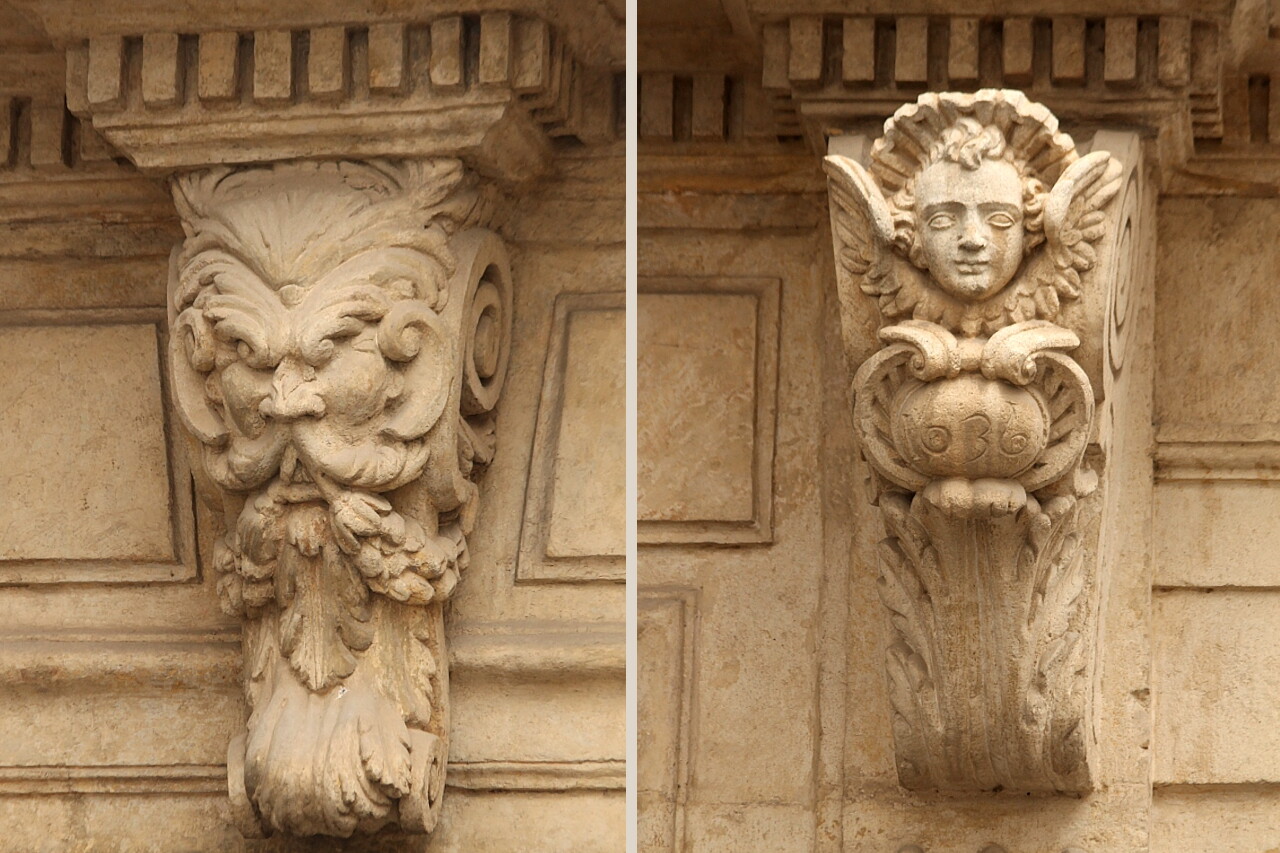Palacio del Duque de Medina Sidonia, Córdoba
In the middle part of Calle Rey Heredia, at number 15, there is a mansion that represents all the cultural eras of the Iberian Peninsula - Roman, Muslim, Christian and Iberian. The palace is decorated with Mudejar, Renaissance and Baroque elements. The building was built by Arabs in the 13th century on the ruins of the second largest theater of the Roman Empire, and now you can see quotes from the Koran on the walls of the building. The complex of buildings was located in the upper part of the city and was named Casas Altas (High houses). After the conquest of Cordoba by the Christians in 1237, King Ferdinand III of Castile gave the palace to one of his close associates, Domingo Muñoz.

In 1351, the owner of the palace became a noble nobleman of Portuguese origin, Vasco Alfonso de Sousa (Vasco Alfonso de Sousa), appointed by the king to the post of Alcalde (Mayor) and supreme Judge of Cordoba (Alcalde Mayor y Justiciero Mayor de Cordoba). During this period, the palace was not only used for living, but also performed public functions. In 1377, the owner's daughter, Jiuana de Sousa, had a fleeting affair with King Henry II of Castile, resulting in the birth of a child, also named Henry. Krol gave his illegitimate offspring the titles of the First Duke of Medina Sidonia (I duque de Medina Sidonia), since then the house was officially called the "Duke's Palace", and the locals gave it the name "Palace of the son of Henry II".

The Souza family owned the palace until 1569, after which the house changed hands several times. In 1590, the Armentas family carried out a major renovation in the Renaissance style. In 1640, the Gomez de Cardenas family added Baroque decorations. In 1949, the palace was bought by Enrique Merino, who put a lot of effort into preserving the mudejar-style interiors.

Now the palace belongs to the Nahimias family, Jews of Greek origin, so that among the locals the house received another name: Casa del judío (House of Jews). The story of its purchase is very interesting: A well-known top manager of the British Petroleun oil company, a Jew of Greek origin, Elie J. Nahmias, was traveling in Andalusia on Christmas Eve in 1964, and his car broke down in Cordoba. While waiting for the car to be repaired, he walked around the old city, and after seeing the facade of this palace, became interested in its history, and eventually bought it. As a descendant of the Sephardim (pre-exile Heresies in the Iberian Peninsula), Nahimias amassed a large library of manuscripts and printed publications dealing with the subject of Spanish-Portuguese Judaism.